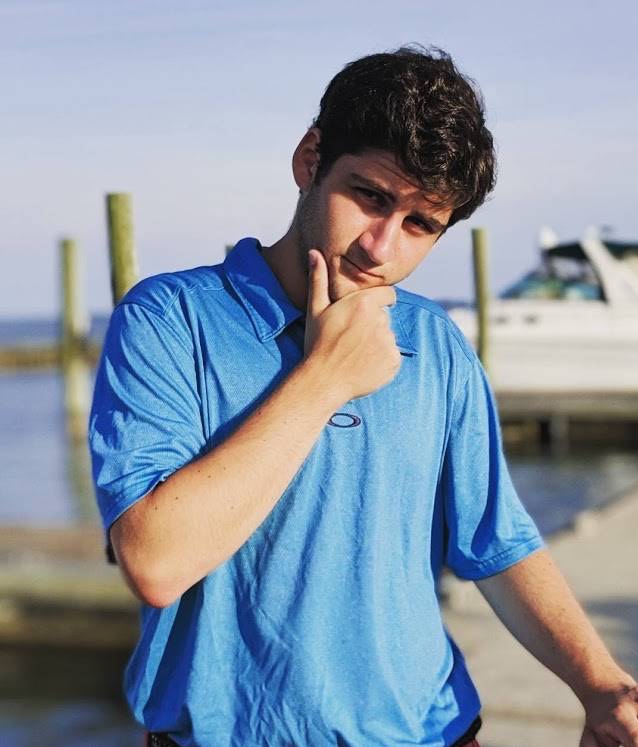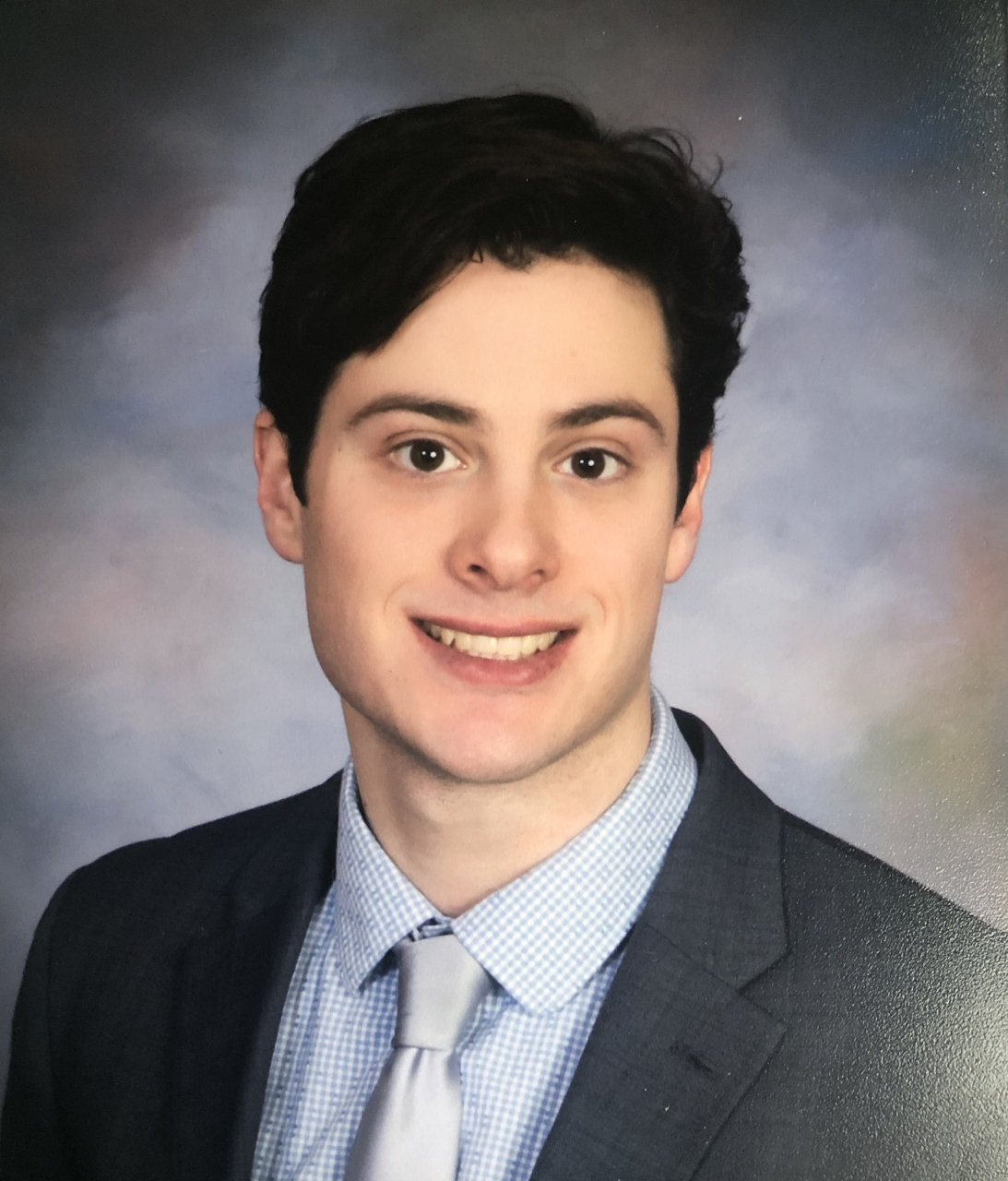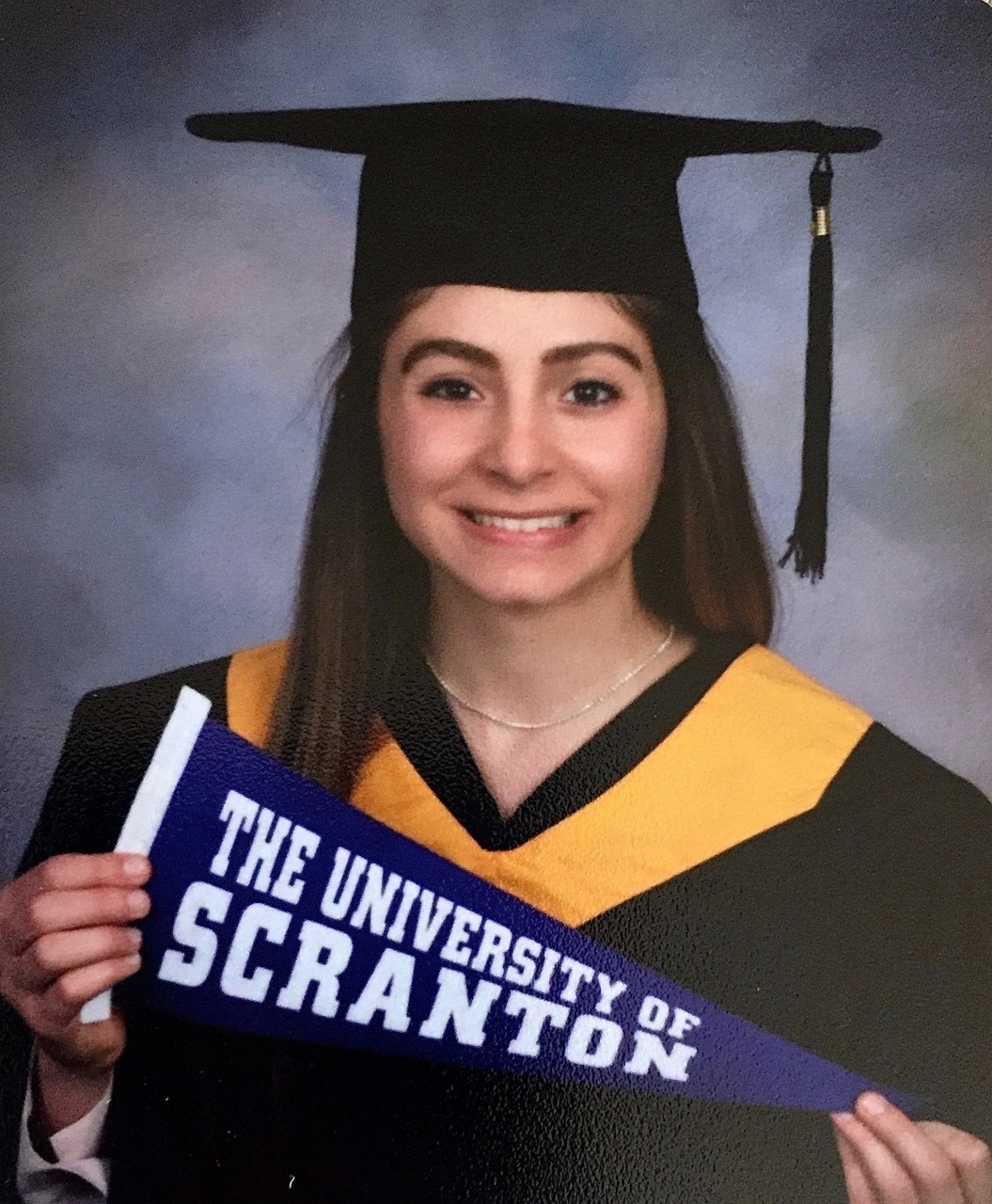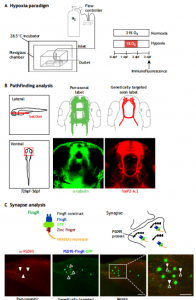Hello! My name is Carly Richardson, and I am a senior Physiology major at the University of Scranton. As one of the first students to graduate from Scranton as a Physiology major, I thought I’d share my journey with you.

I always knew I wanted to be in a science field and help people. I first enrolled as an Exercise Science major and planned on going on to physical therapy school. I soon realized, however, that this was not the path meant for me. I still was not sure where to turn, so I changed my major to Biology because I thought it would allow me to have a few different options. Then, I quickly switched to the Physiology major during my sophomore year when I realized the classes offered fascinated me more. I knew I wanted to work with people rather than animals in general, so I headed down the track of a physician’s assistant. Again, I realized this still was not my path, but I continued with Physiology because of the interesting courses it allowed me to explore. It was not until the end of my junior year that I found my calling. After talking to faculty and peers, I knew I wanted to pursue occupational therapy. Though it was a long journey, it was one that I’ll never regret because it shaped me into who I am today. I learned that there is no rush to figure out your future, and what is meant for you will find its way.
Surprisingly, physiology and occupational therapy overlaps in ways I didn’t even think of. I did not think that I would graduate on time, but with the help of my professors and advisor, I was able to plan out the rest of my semesters to both fulfill my undergraduate major and take pre-requisites for grad school. The Physiology program has provided me with incredible scientific expertise, and with options to create my own path as well. I have taken Advanced Human Anatomy and Physiology, Pathophysiology, Biostatistics, Genetics and more! Learning about scientific research, how to conduct experiments and write reports has prepared me more than I could have imagined. I had the freedom to take Abnormal Psychology, Developmental Lifespan Psychology and Sociology courses, all of which apply to both fields. All my classes allowed me grasp knowledge not only important to physiology, but important to occupational therapy as well, making me a well-versed student.
My post-graduation plans are to take a gap year and then apply to an Occupational Therapy Doctorate Program. During my time off, I will work at a special needs school while getting more observation hours. My last four years at the University of Scranton have been eye-opening in allowing me to figure out my passion. I have created many meaningful relationships with friends that will last a lifetime. I’m so grateful to my professors, who were and will remain the most helpful and caring mentors. They want nothing but success for their students. Being a part of Relay for Life, Beading Hope, Art Club, and the Student Occupational Therapy Association provided me with experiences in the Scranton community that I am also very grateful for, as I shared my passion for helping others with people who had similar interests. I am forever thankful for my entire experience as a Physiology major in the place I learned to call home, and I feel beyond prepared to begin the next chapter of my life as I study occupational therapy.










